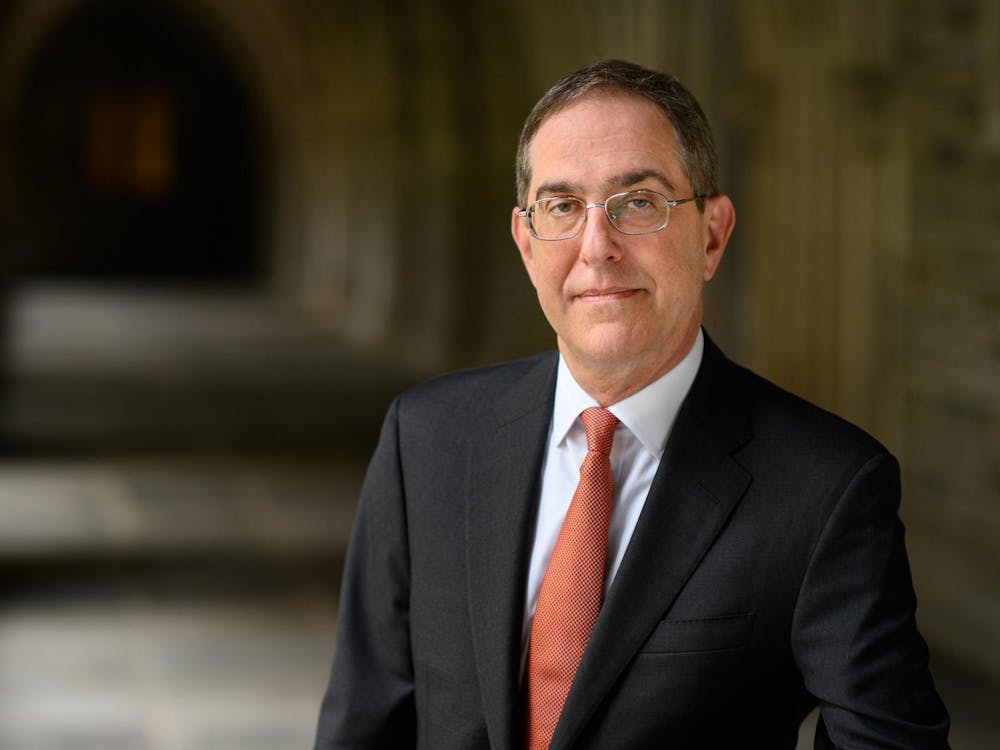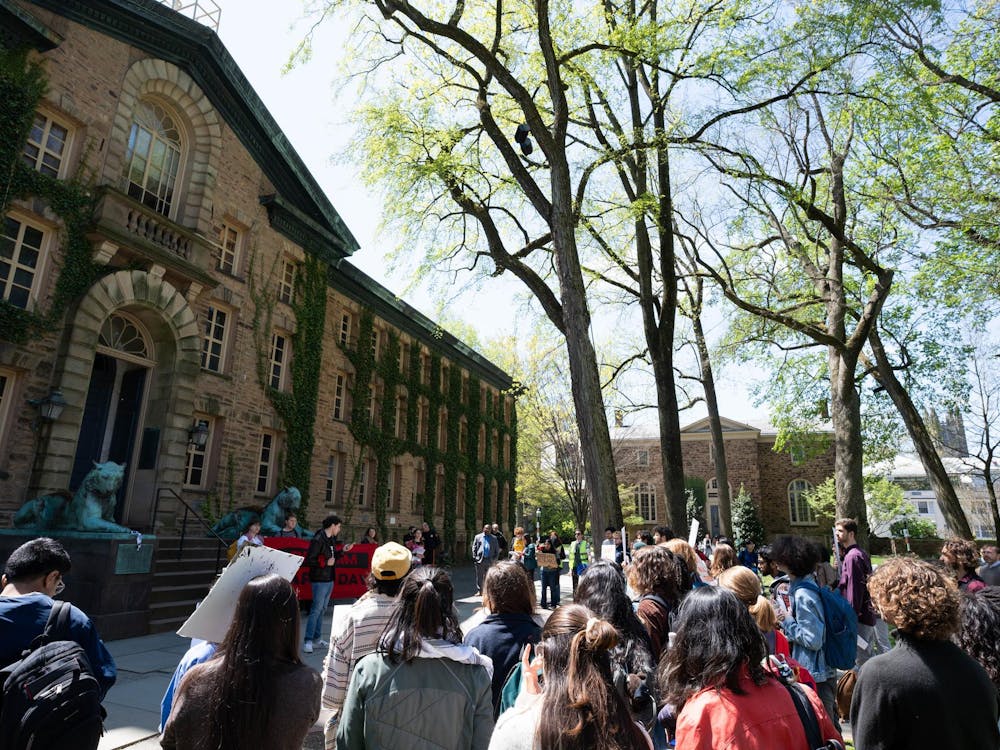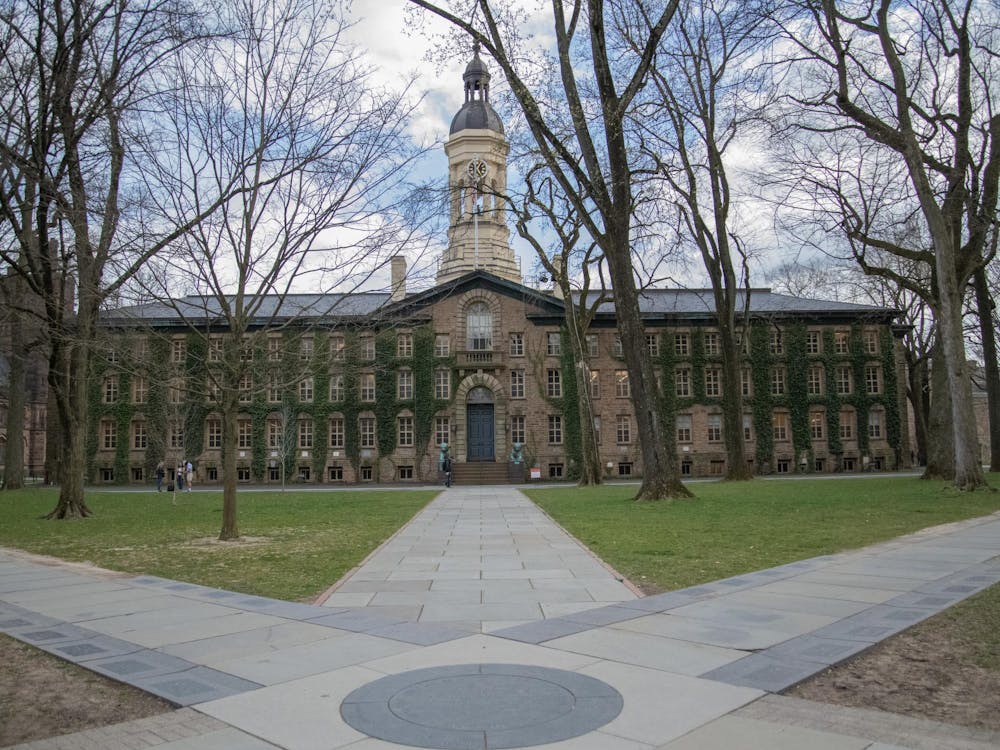National Hispanic Heritage Month, a tradition started in 1988, is celebrated from September 15 to October 15. As a young Latino, this was something I never celebrated at home or at school; I didn’t even know it existed until halfway through my Princeton career. Lately, however, I finally find myself paying attention. As more and more students of color enter our country’s classrooms and public debate about Latinos in the United States grows increasingly vitriolic, we have an opportunity to use this moment to celebrate the contributions of people of color and advocate for their communities’ needs. It’s crucial that we do.
I spent my entire childhood trying to whitewash my latinidad. By the time I got to middle school, I stopped speaking Spanish completely and, when my parents spoke in our native tongue, would admonish them the same way my peers taunted me: “This is America, Mom. Speak English!” Through this and similar shameful acts, I further distanced myself from my heritage. I conducted my own cultural exorcism at age 13.
So when I joined Teach For America and was assigned to teach middle school Spanish, I was initially disappointed. I knew the grammar and vocabulary content I’d be teaching, but I had no idea how to convincingly teach a culture which I had spent so much of my life trying to negate.
But once I started to get to know my students in South Carolina, I saw a parallel between the experiences of my students of color and my own. Although they were only in middle school, they had already internalized negative messages and stereotypes about their ethnicity. Few had experienced direct and malicious racism, but all had been the subject of casual racial contempt: the clerks who trailed them through stores, peers who told them they sounded “too white” when they used correct grammar and the overarching idolization of white traits as favorable. At 13 we had both already internalized society’s subtle demonization of our identities.
My mission became clear. I fought my whole life to be white and this was a test for me: I have to stand in front of these kids, proud of who I am, so that they can be proud of who they are. I knew I couldn’t erase the racism they had experienced or will experience, but I knew I could teach them how to succeed in defiance of it. So I treated every day as an opportunity not only to teach my students how to conjugate verbs and roll their r’s, but also how to be conscientious, inclusive citizens of the world. I worked hard to get my students invested in Spanish and help them understand how diversity in language, culture and experience enriches communities, rather than detracts from them.
My kids thrived academically in my classroom, but to me, the work was about so much more than Spanish. It was about understanding how they and other minorities have been “othered,” so that they will never reinforce that discriminatory treatment toward anyone. It was about teaching them to be proud of who they were so that when they do experience prejudices, they can hold their heads up and stand firm in their racial identity — what I wish I had learned at their age, but only learned through teaching them.
I joined Teach For America because I felt a responsibility to give back. I was the first graduate of my low-income high school to attend an Ivy League school, and I wanted to give more kids like me the opportunity to excel. My students would often discuss the prejudices that contribute to immigrant and minority stereotypes and they grew to challenge their peers’ xenophobic or racist rhetoric. I know from personal experience this racism won’t go away, but I hope my kids will never let others’ misconceptions about who they are define them. It was incredibly rewarding watching my kids blossom into kind, culturally aware young adults who were fully invested in their education.
This Hispanic Heritage Month, I hope we’ll remember that our kids are counting on us. I challenge Princeton students to be a part of a solution. Cultural shifts are never easy, but everyone can embrace the diversity that makes Princeton and this country so special. Share your stories, because your perspective needs to be heard to be understood. Listen to different opinions about race other than your own. Seek opportunities to engage in extinguishing sources of racism, whether internally or in others. Use the advantage of your Princeton education to help dismantle racism and prejudice. And as you develop your voice, you can learn to help speak for those who cannot. As a minority who used to not have pride in my culture, I encourage you to resist doing the same. Instead use your unique outlook and position to help contribute to a social environment where all children can find success no matter their race or ethnicity. We can let the prejudice continue, or we can empower our kids to rise above it — to thrive, to excel, to rewrite the current, untrue narrative into one that reflects them.
Luis Ramos ’13 is an alumnus of Teach For America: South Carolina. He currently works at MindSumo, an education-related startup.









